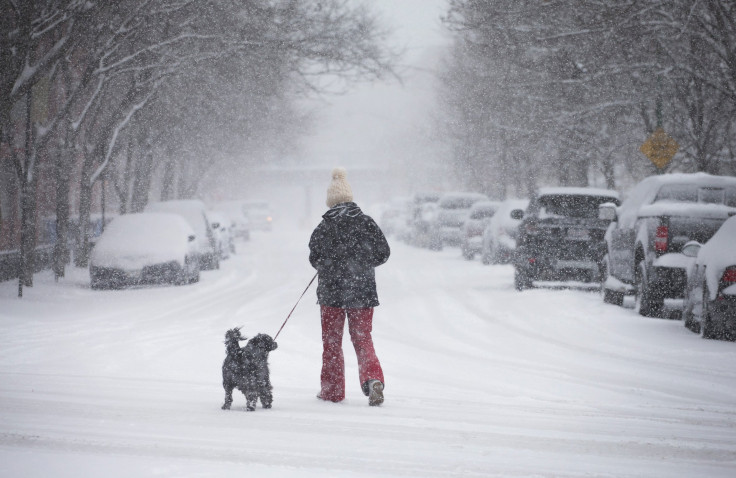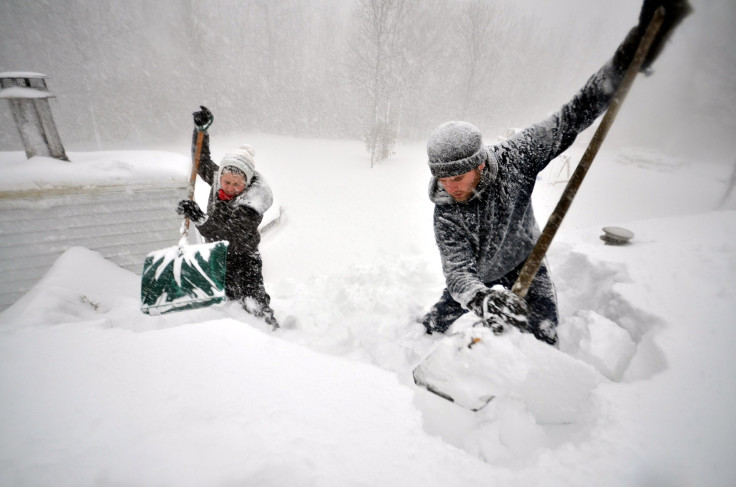Why Do We Name Snowstorms? Stella Could Dump 20 Inches

Much of the United States was gearing up for winter storm Stella Monday, a name that sounds relatively benign but who could bring up to two feet of snow in certain areas. But why do snowstorms get named? As it turns out, the practice is new and fairly controversial.
Only one organization in the U.S. actually names winter storms: The Weather Channel. The Weather Channel began naming winter weather events in 2011, much to the dismay of many other organizations.
Read: Why Wasn't The Winter Colder? Record Warm Temperatures Hit U.S.
“The Weather Channel seems to have confused media spin with the science and public safety side,” Marshall Moss, vice president of forecasting operations for Accuweather, told The Guardian in 2014. “When only the Weather Channel and no one else names the storms it increases confusion, rather than delivering crucial safety information to the public.”
The Weather Channel will name a winter storm when warnings are out for two million people or 400,000 square kilometers, according to its 2013 through 2014 guidelines. A committee of meteorologists evaluates a storm’s potential to determine whether it should be named by using a system called IMPACT, which stands for Integrated Meteorological Population and Area Calculation Tool. Critics argue this could thwart public safety objectives: Just because something isn’t widespread doesn’t mean it won’t have devastating impacts on a region.
The Weather Channel noted in its guidelines that it was continuously working to improve how it assesses winter weather and its possible impacts.
Read: Is Seasonal Affective Disorder Real? Winter Blues Are Just Another Form Of Depression
The contrast between naming winter storms and naming tropical storms and hurricanes lies in the fact that the impacts of tropical storms are by and large much easier to discern ahead of time.
“Winter storms oftentimes just form. Or models predict them to form and they don’t form,” said Moss. “We’ve all seen situations where a big storm is expected and it just never comes together. We are not going to use them. I know most other outside weather companies are not using them.”
The National Weather Service, responsible for all official storm warnings across the nation, does not name winter storms, though The Weather Channel’s president said in a 2015 interview that he hoped the organization would adopt the practice sometime soon.

© Copyright IBTimes 2024. All rights reserved.






















